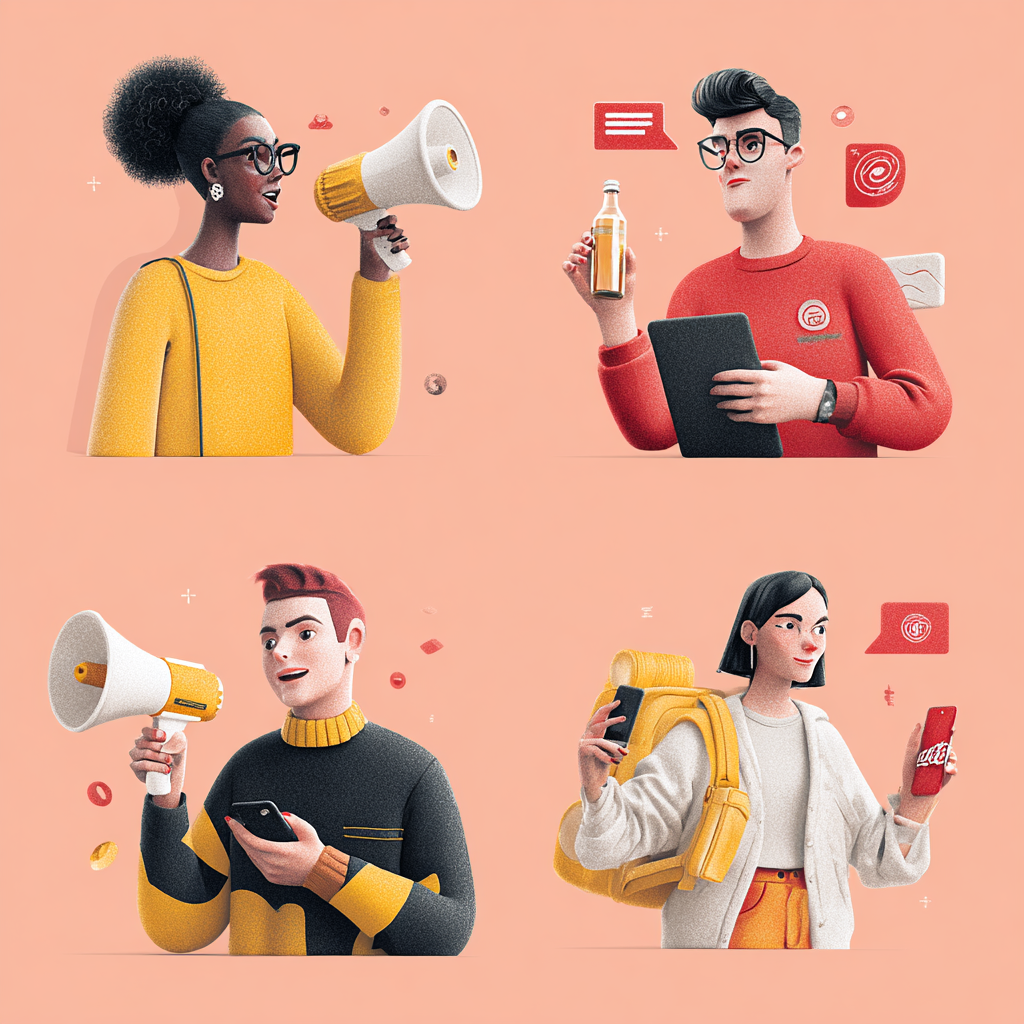
Ever wonder why some ads instantly grab your attention… while others get ignored?
It’s not magic. It’s not luck.
It’s psychology—and the best marketers use it every day.
You don’t need a psychology degree to connect with your audience. You just need to understand a few basic principles that make people feel something, remember your message, and take action.
Let’s break down how the mind works in marketing—and how you can use it to win attention and build trust.
🧠 1. People Buy Emotionally, Justify Logically
Logic matters—but emotion drives the initial decision.
Think about your last purchase:
- You bought that gym membership because you want to feel more confident.
- You subscribed to that tool because it promised to save time.
- You ordered from that small bakery because it reminded you of your childhood.
Marketing isn’t about selling a product. It’s about selling a feeling.
🎯 Ask yourself: What does my audience want to feel? Safe? Inspired? Powerful? Seen?
Build your message around that emotional core.
👀 2. We Notice What Feels Personal
The human brain is wired to filter out noise—but it tunes in to anything that feels personal, familiar, or relevant.
That’s why:
- Emails with your name in the subject line get more opens
- Social ads with your recent searches feel uncanny
- Brands that “get you” feel more trustworthy
✅ Tip: Use language that mirrors your audience’s thoughts. Speak to their specific struggles, goals, and environment.
⏱️ 3. Scarcity and Urgency Trigger Action
Ever seen the words “Only 3 left!” or “Ends at midnight!” and suddenly felt the need to act?
That’s scarcity and urgency—two of the oldest (and most effective) marketing triggers.
Why it works:
- Scarcity = “If I wait, I might miss out”
- Urgency = “I need to act now or lose the chance”
Use these ethically, not manipulatively. But when used right, they move people from thinking to doing.
📸 4. We Remember Stories, Not Features
Your audience doesn’t remember facts—they remember stories.
A good story:
- Has a beginning, middle, and end
- Includes a relatable character (often your customer)
- Shows a transformation
So instead of saying, “Our app has cloud sync and real-time analytics,”
Say: “Maria runs a small e-commerce store. After switching to our platform, she gained 15 hours a week and doubled her revenue—without hiring extra help.”
💡 That’s the difference between telling… and connecting.
📊 5. Social Proof = Instant Credibility
If other people are doing it, it must be good—right?
That’s the psychological principle of social proof, and it’s one of the fastest ways to build trust.
Use it by showing:
- Real customer reviews
- Testimonials and case studies
- Number of users/downloads
- Logos of trusted clients or media mentions
🔁 Social proof reduces doubt and builds confidence. Let others do the talking for you.
Final Thought: Smart Marketing Starts with Human Understanding
At its core, marketing isn’t about hacks, trends, or algorithms.
It’s about understanding people:
- What they care about
- What motivates them
- What stops them from saying yes
When you align your message with how people actually think and feel, everything clicks:
More attention. More trust. More action.
So the next time you create a campaign, write a headline, or launch a product—don’t just ask “What should I say?”
Ask: “How does my audience think—and how can I connect with that?”
RELATED POSTS
View all


